How to connect DHTMLX Suite to a backend
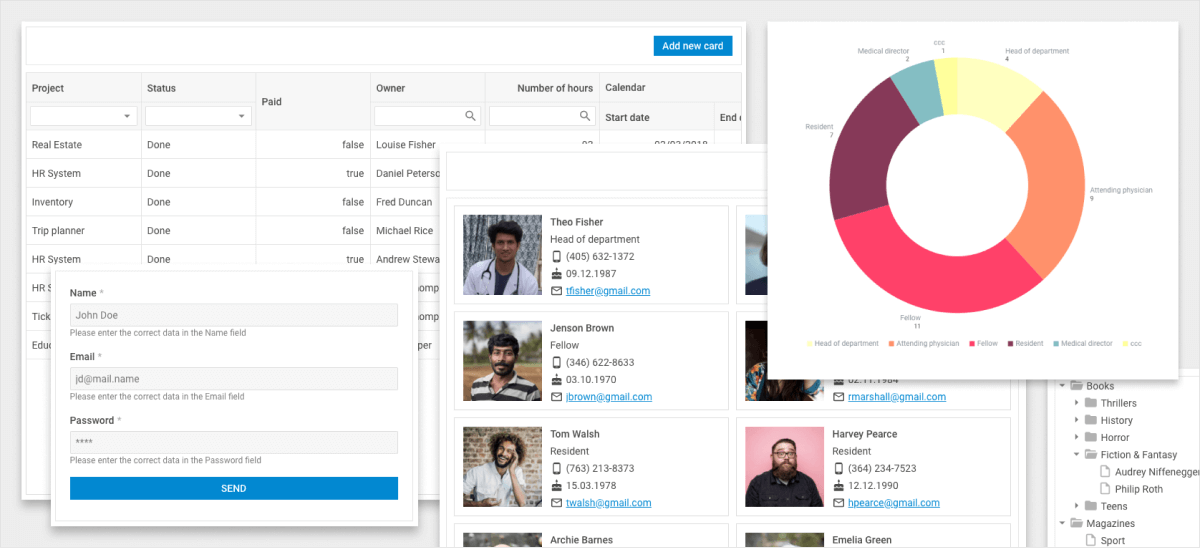
DHTMLX Suite 9 or DHTMLX components don't have any special requirements for the backend. They can be easily connected with any backend platform which supports the REST API (RESTful API). Besides, the DHTMLX library allows providing a multi-user backend for any Suite component.
The DHTMLX library includes the DataCollection helper that completely supports REST API for dealing with the backend. Thus, to transfer data from your backend to the Suite components, all you need to do is create a valid JSON dataset. You can load it into the component using the load() method of DataCollection.
Examples of using DHTMLX Suite widgets with Node.js
Download and take a look at the Examples of using DHTMLX Suite widgets with Node.js.
Here you can find 12 interactive samples. Follow the instructions in the README.md file to run the examples.
You can easily modify any widget for your purposes and find out how it works.
Pay attention: the components of the demo work with one database. When editing data in one component, you affect data in other components.
To reset the database, stop the server and delete the file with the .sqlite extension from the root directory of the project.
In the examples pack, you will find:
Form. Sending data
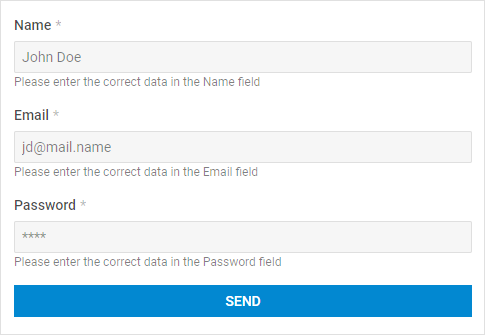
A nice Form to collect data. Easy to use and modify.
The following request method is used in this example: POST.
Simple Vault. Sending data
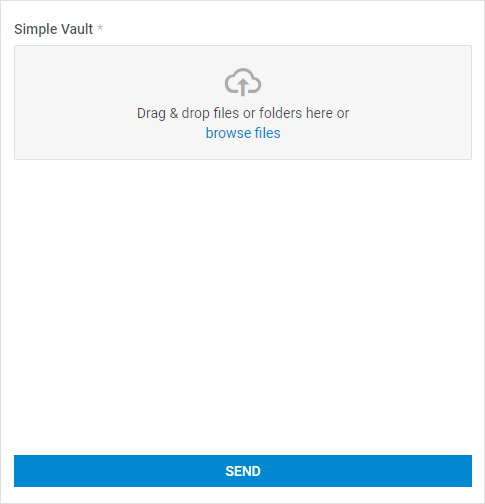
Ready to use. The Simple Vault for files and folders.
The following request method is used in this example: POST.
DataView. Getting data
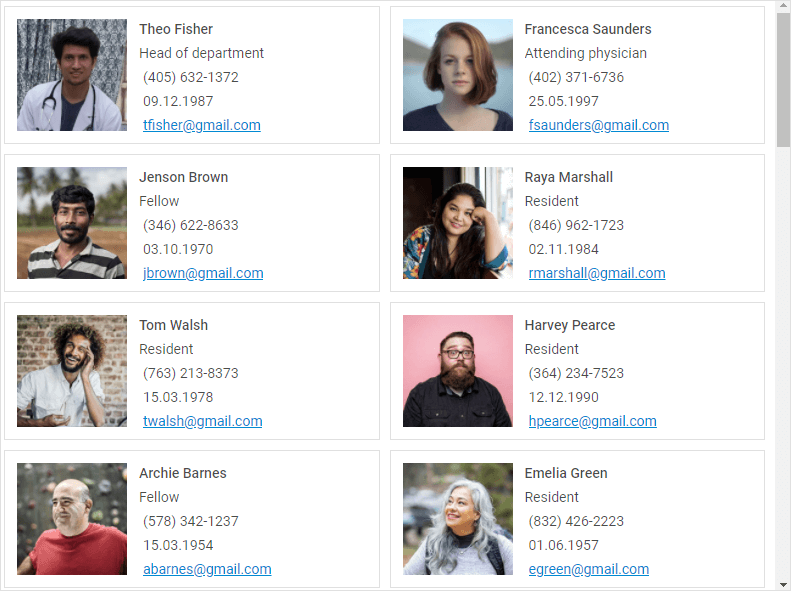
One of the best ways to organize and display objects with similar information.
The following request method is used in this example: GET.
List. Getting data
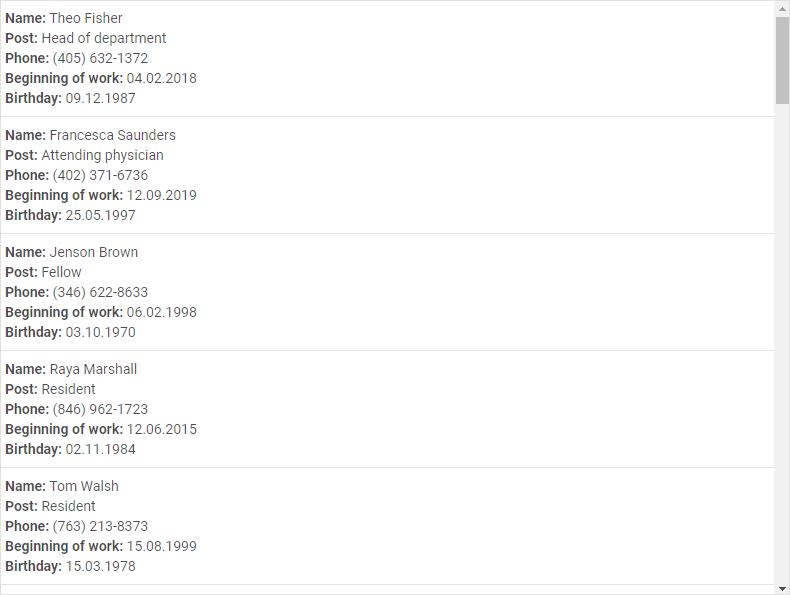
A List is another convenient way to organize information.
The following request method is used in this example: GET.
Chart. Getting data
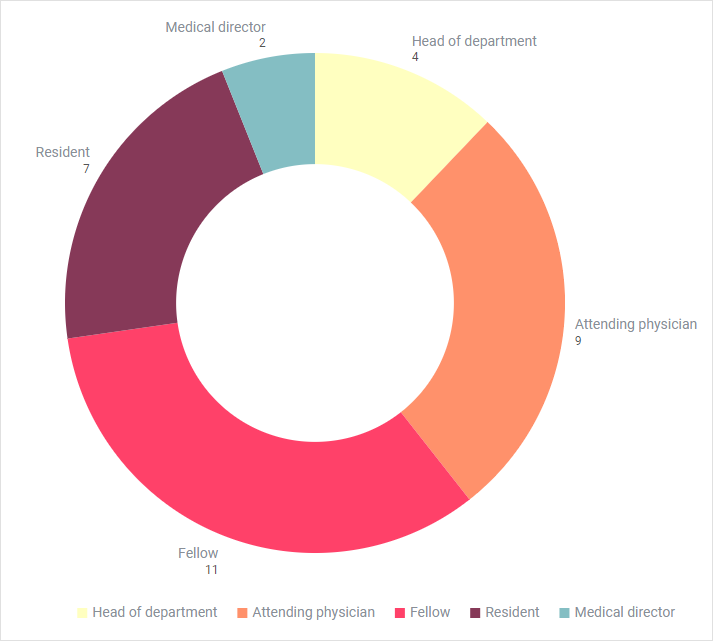
The Chart can help you visualize your data. It is interactive and useful for comparing the data you need.
The following request method is used in this example: GET.
Grid. Getting data, inline editing, and sending data

Sorting and searching options are shown in the Grid example. You can also check how selection of rows and cells works.
The following request methods are used in this example: GET, PUT.
Tree. Getting data, inline editing, and sending data

The sample of a Tree widget shows you the way to organize the information in a tree-like structure. You can drag-and-drop the items, rename them, and change the current example's structure.
The following request methods are used in this example: GET, PUT.
DataView with Form and Window. Getting, editing, deleting, and sending data
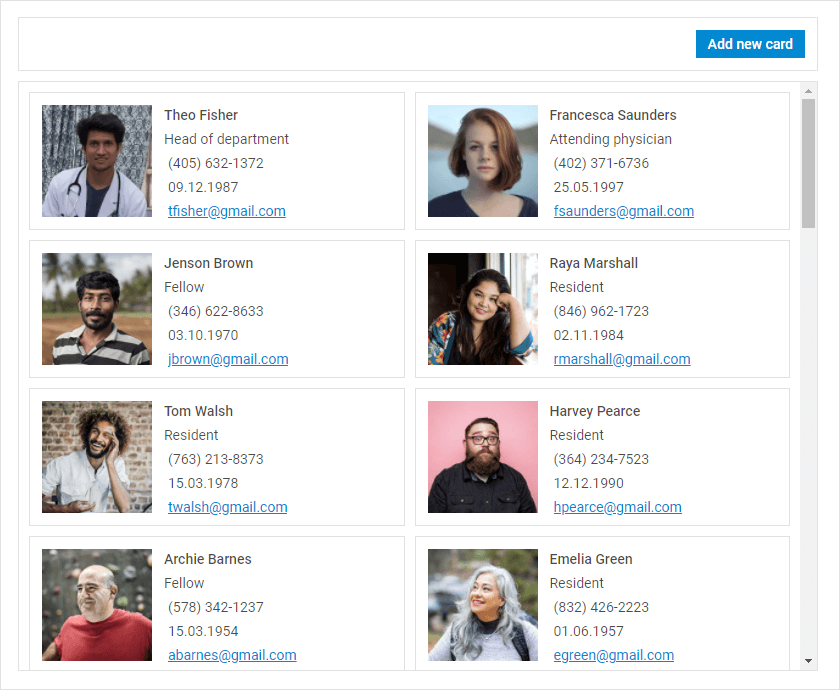
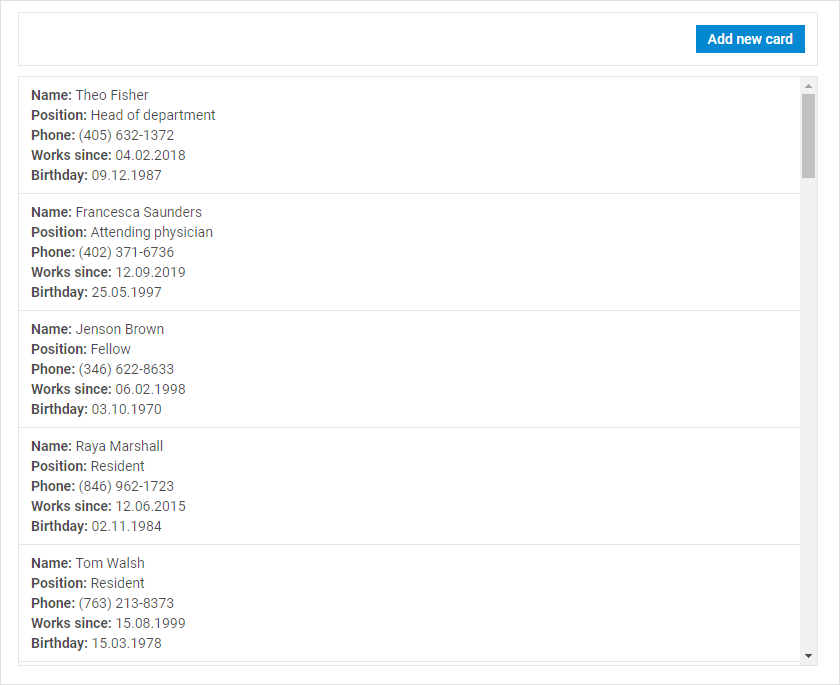
This example of DataView shows you more opportunities to manipulate the widget. Click the card to edit or delete it. Add a new card with the help of the corresponding button.
The following request methods are used in this example: GET, PUT, POST, DELETE.
List with Form and Window. Getting, editing, deleting, and sending data

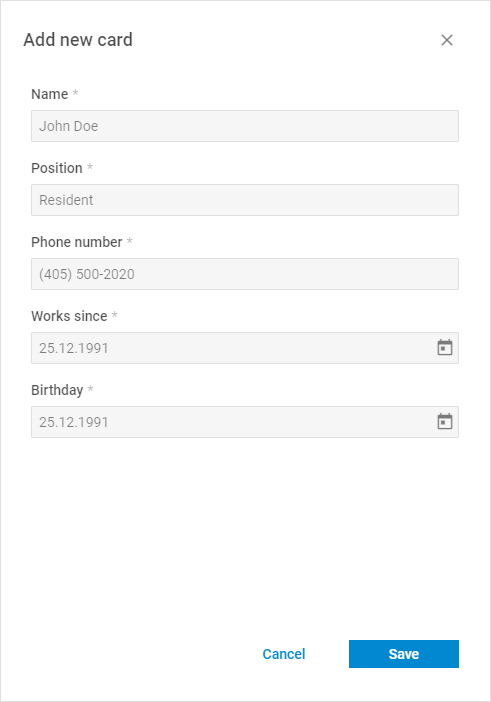
The example of an interactive List shows you the opportunities to delete and edit cards, add a new card.
The following request methods are used in this example: GET, PUT, POST, DELETE.
Grid with Form and Window. Getting, editing, deleting, and sending data

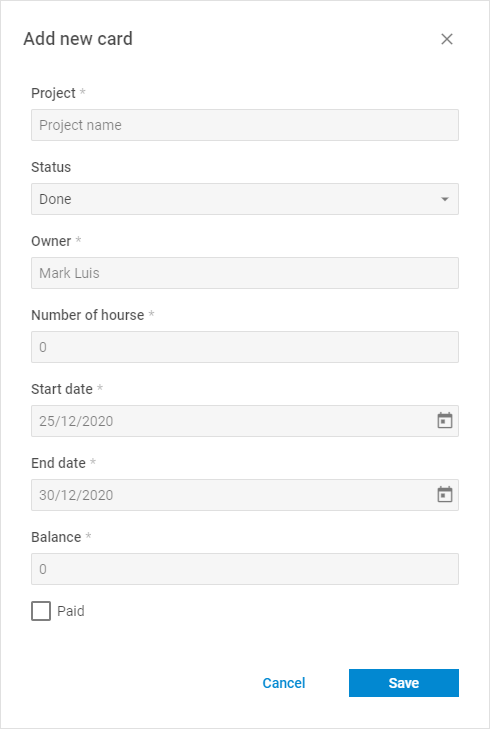
The interactive Grid example helps you understand how simple you can manipulate the widget. You can also easily use this example in your own project.
The following request methods are used in this example: GET, PUT, POST, DELETE.
Save method. Getting, editing, deleting, and sending data

The example is created to show you how to save the changes made in data to the backend via the save() method of DataCollection.
This example of Grid is visually the same as the previous one but the ways of adding and editing data in this example are developed in another way. For instance, after you click the "Add new card" button, an empty row will be added after the last row in the grid. Editing of any cell of the grid is implemented by double-clicking on the cell.
The following request methods are used in this example: GET, PUT, POST, DELETE.
Multiuser (real-time updated) backend. Save method. Getting, editing, deleting, and sending data
This example shows how to implement a multi-user backend for Grid with the help of Node.js and the Faye library to provide live data updates.
You can create a multi-user (real-time updated) backend for any Suite widget. The backend can be implemented in any language, and you can use any library that will allow the client and the server sides interact via the WebSocket protocol.
Download and take a look at the Examples of using DHTMLX Suite widgets with Node.js.